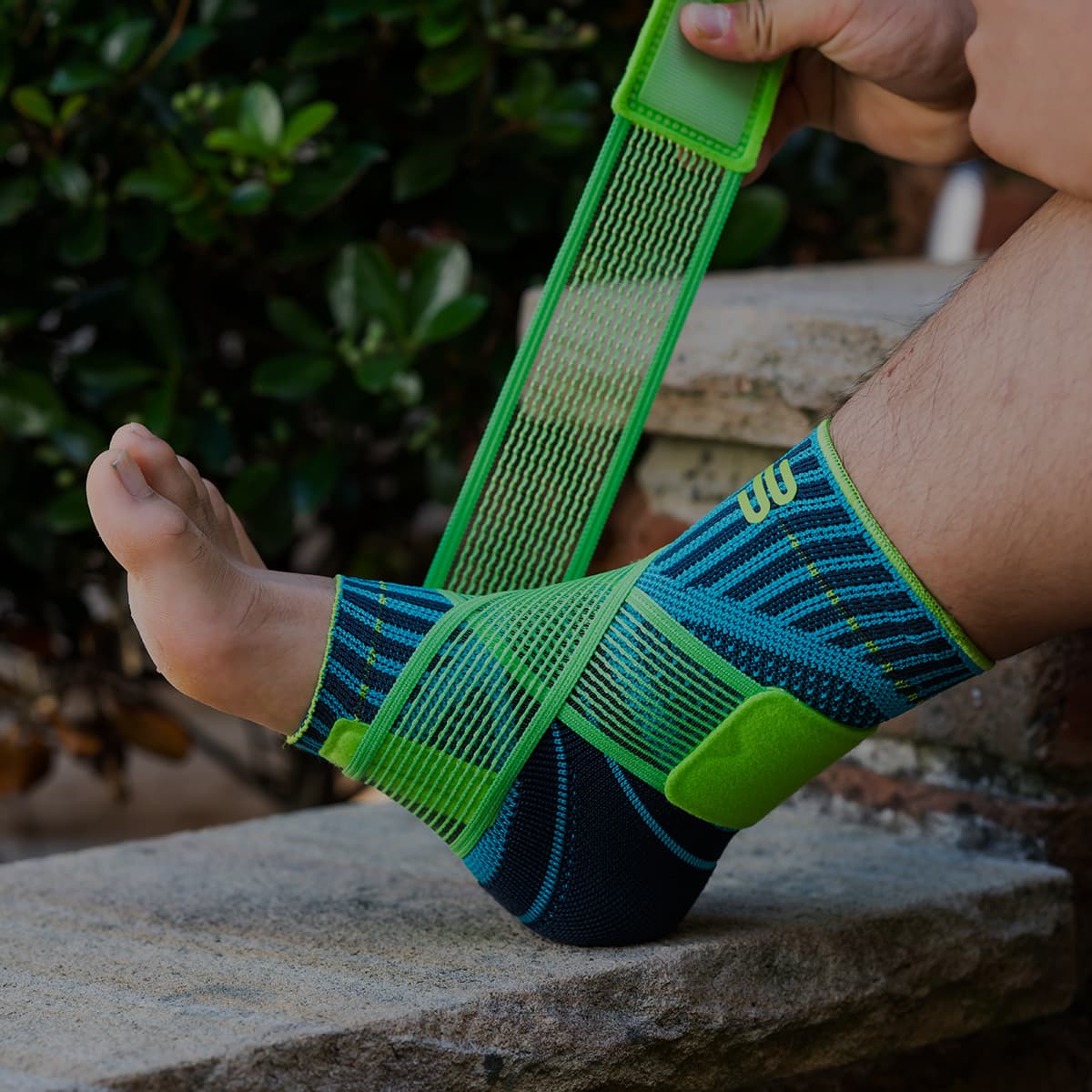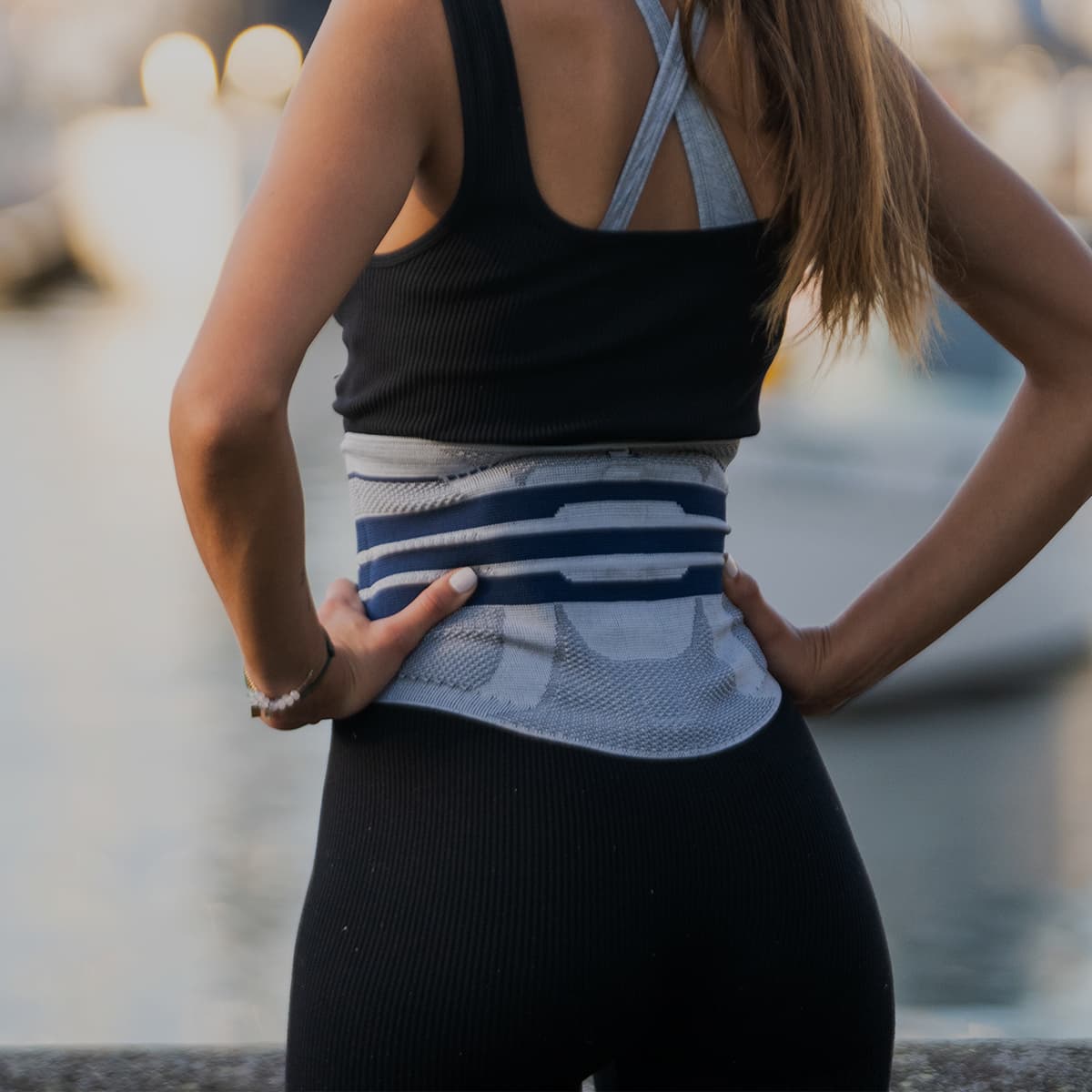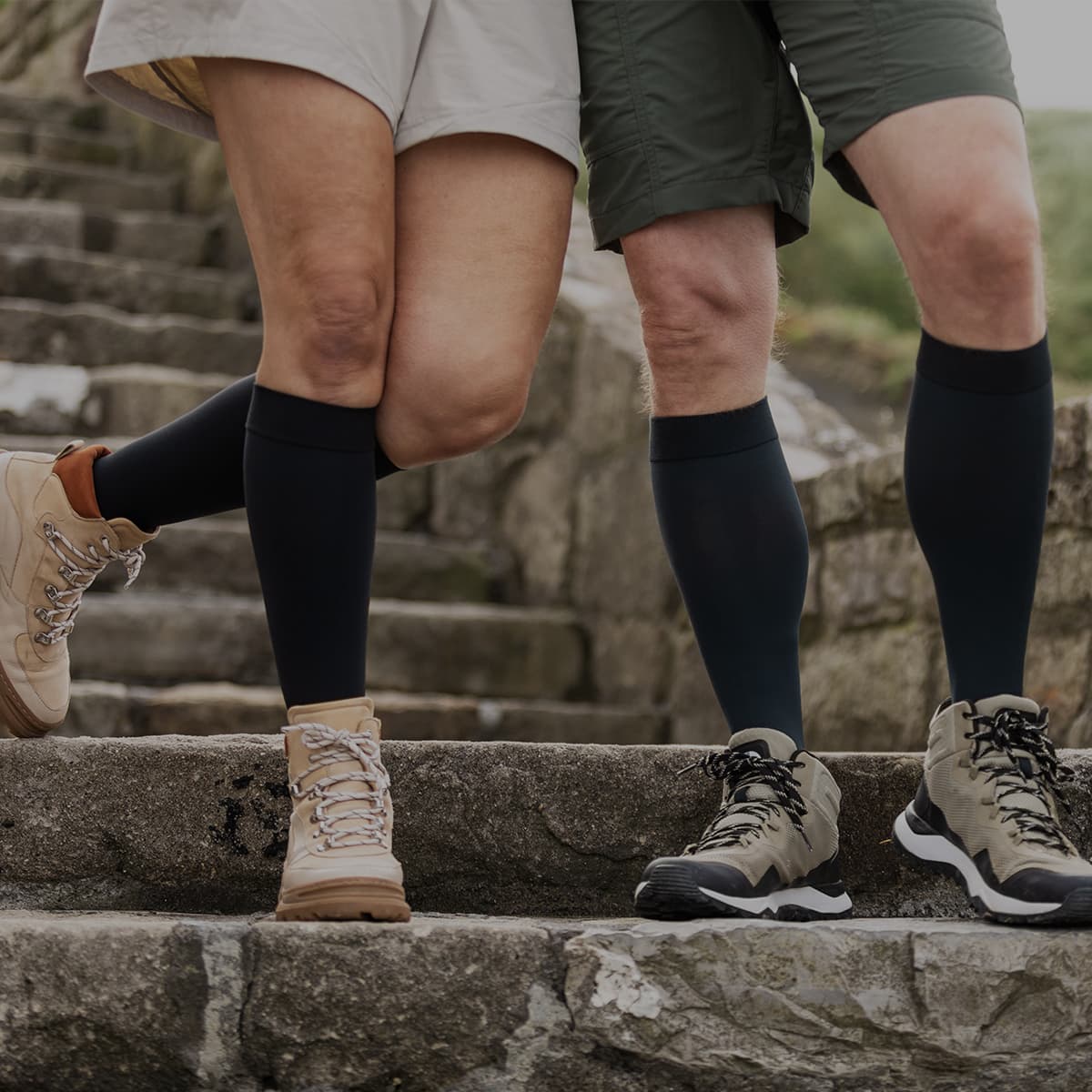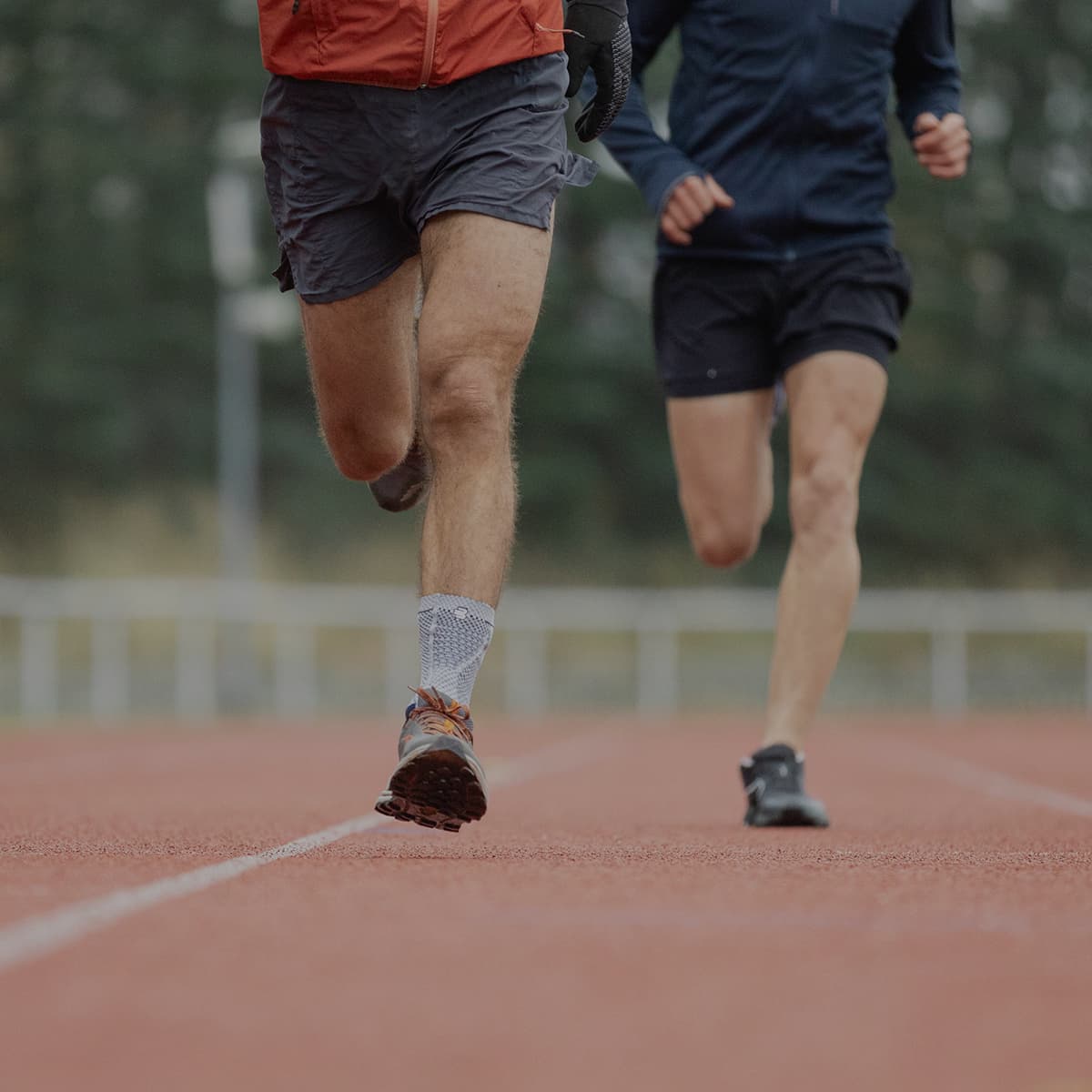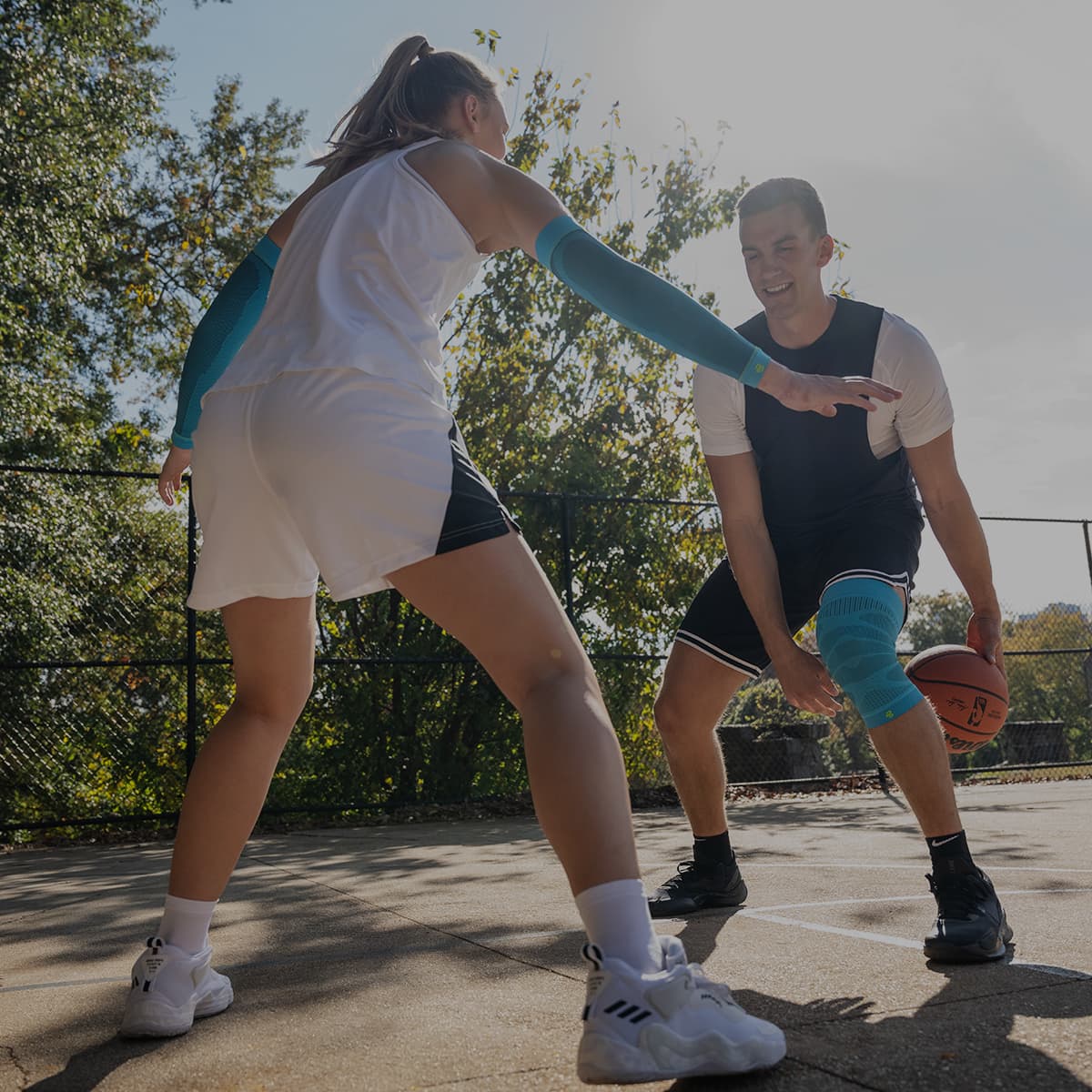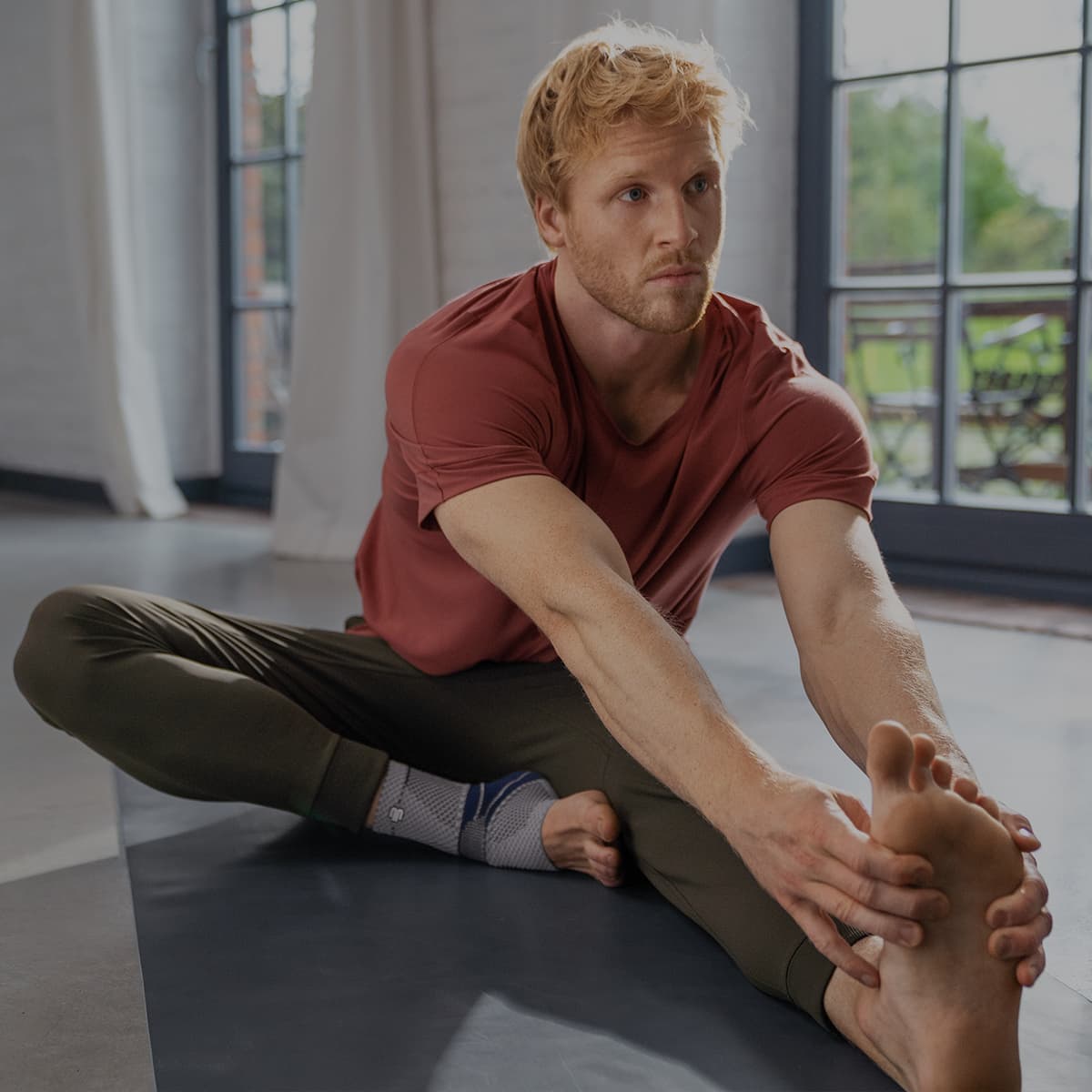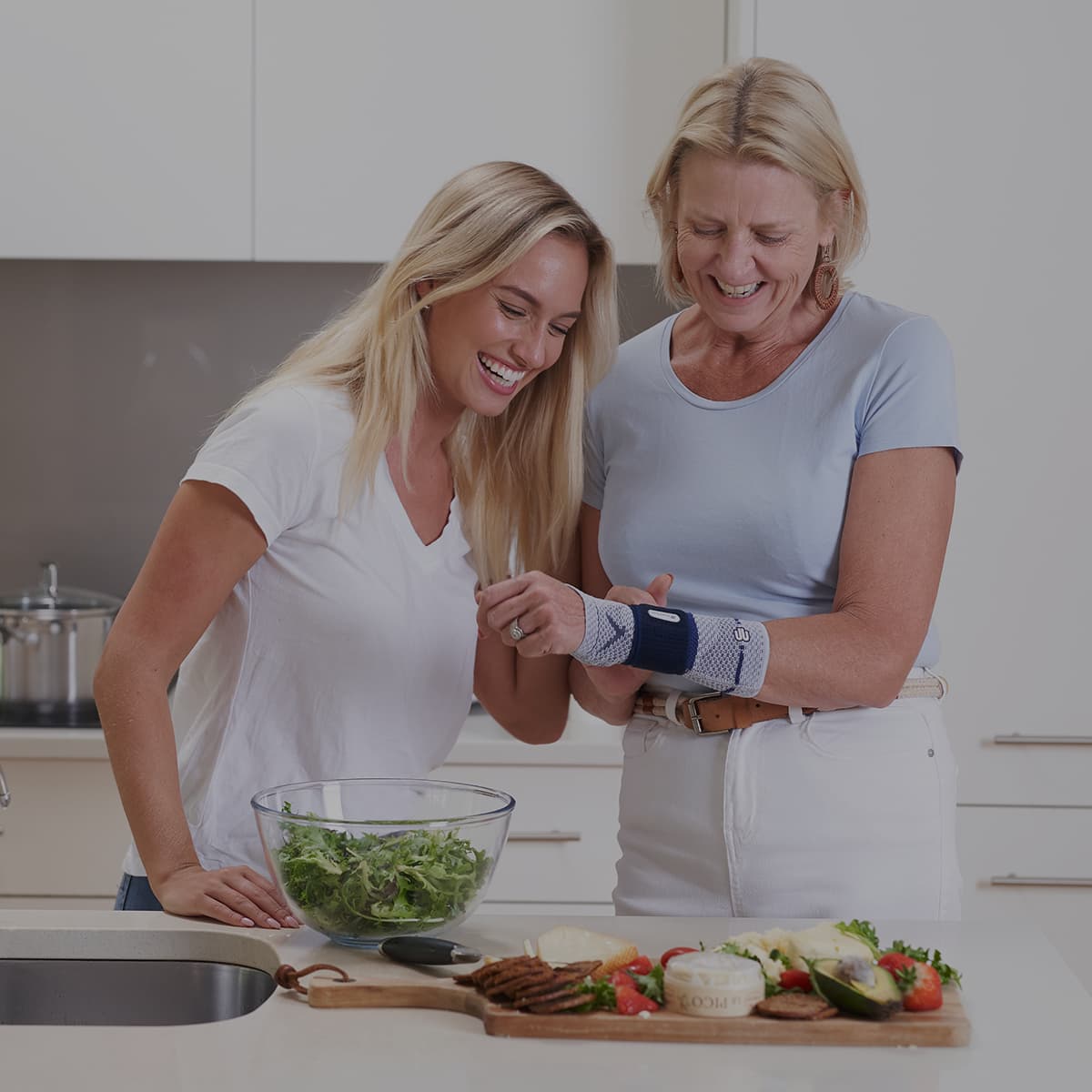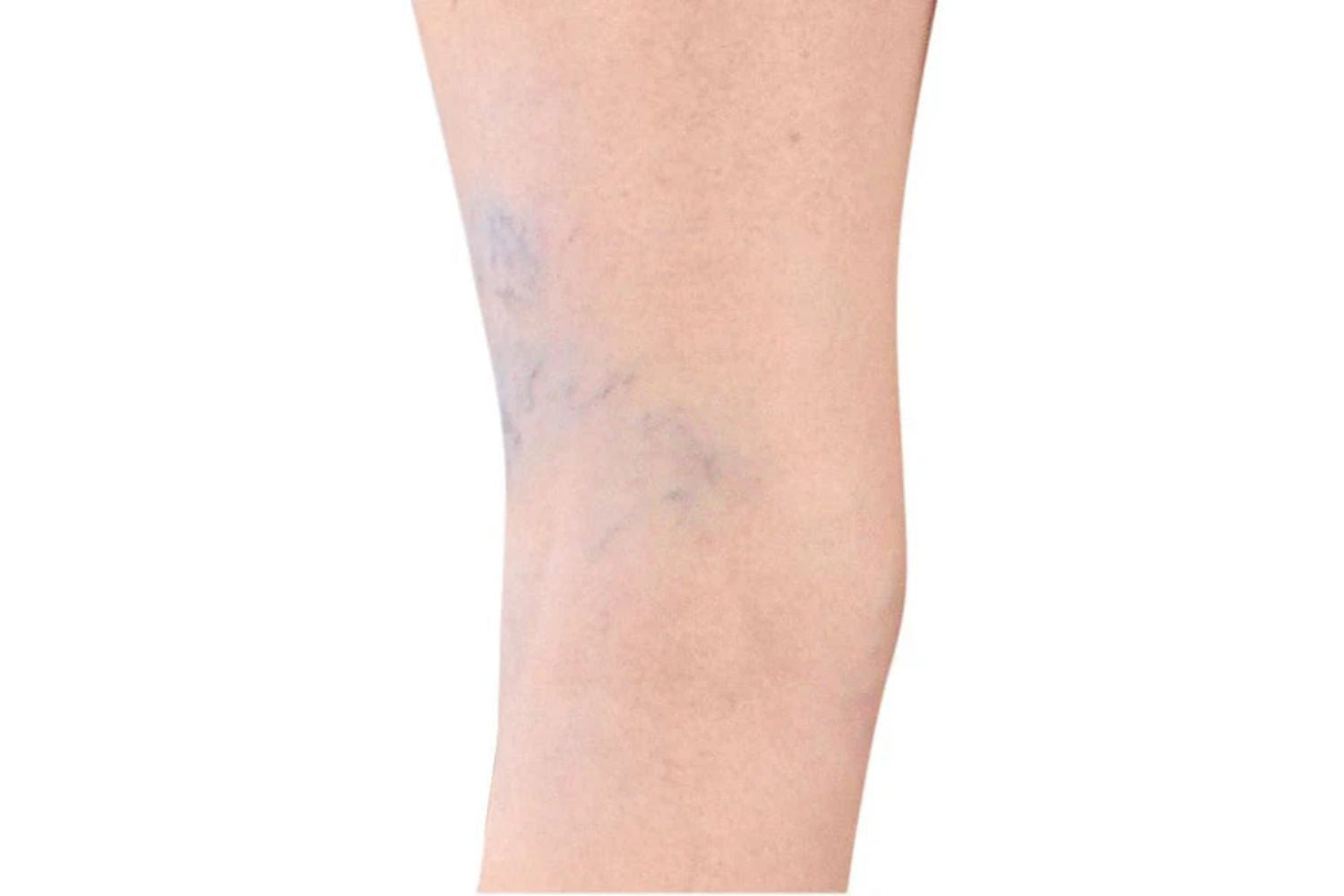
Spider veins are red or purple in colour and generally appear on the legs, neck, or behind the knee. They tend to be in web-like clusters and have no symptoms other than their appearance.

Phlebolymphedema - Take Water in Your Veins Seriously
Phlebolymphedema is a disease in which excess fluid accumulates in the tissue around the blood vessels in the legs, ankles, and feet.

Some patients can develop a tendency to form clots (thrombosis) in the veins. Deep Vein Thrombosis (DVT) occurs most commonly in the leg and can constrict or even close the blood vessels completely.

Chronic Venous Insufficiency (CVI) - Causes, Diagnosis and Treatment
Weakness in the venous valves results in the backflow of blood and accumulation of fluid in the legs. This results in a patient developing Chronic Venous Insufficiency or CVI.
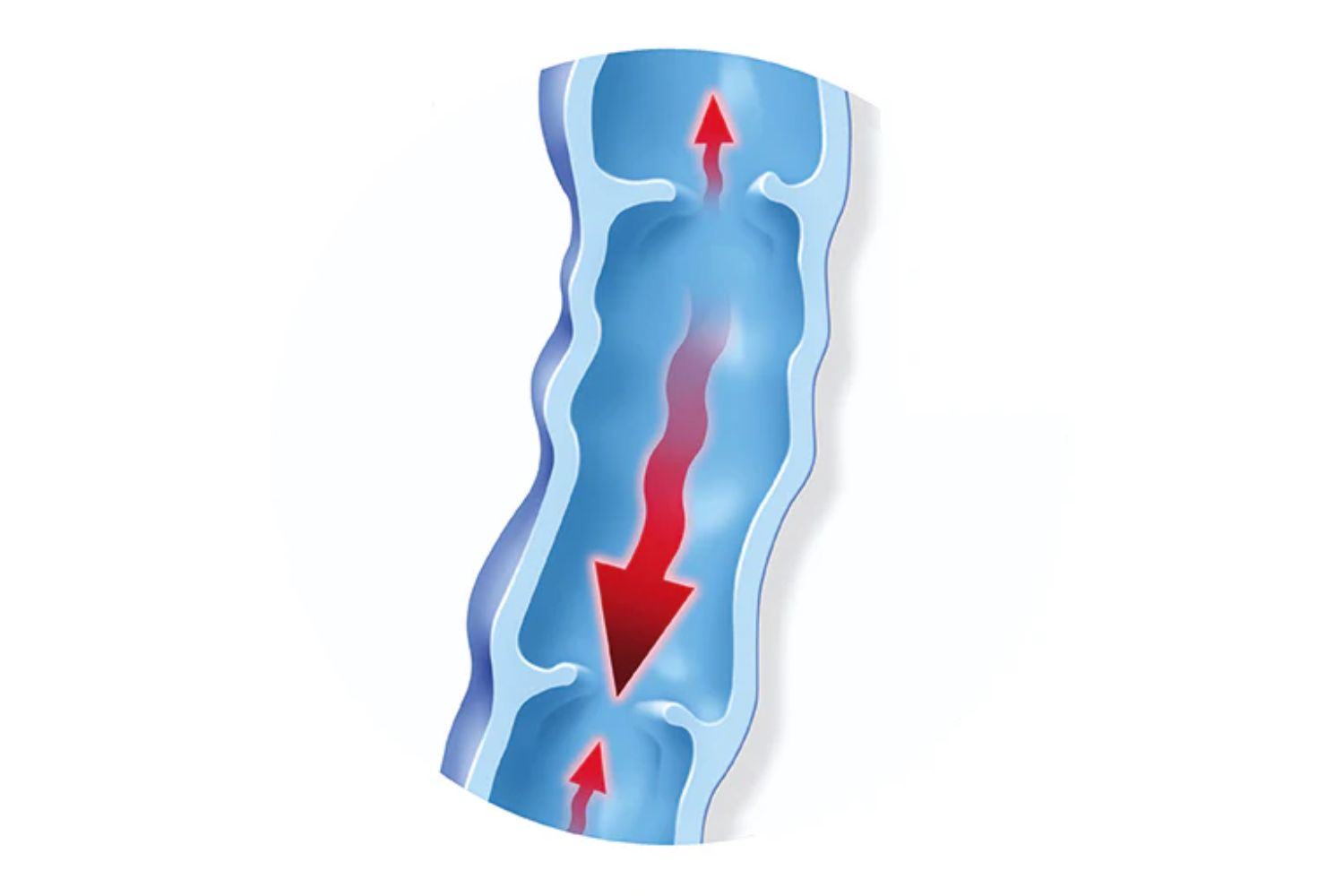
Varicose veins result from a medical condition called Chronic Venous Insufficiency, or CVI. The impacted veins are swollen, enlarged, and twisted, and they have a blue or purple appearance.

Dry Skin in Compression Stockings
A layer of lipids keeps the skin supple and protects the delicate soft tissues from pathogens and environmental influences. In some patients, the lipid moisture film is insufficiently formed and ca...
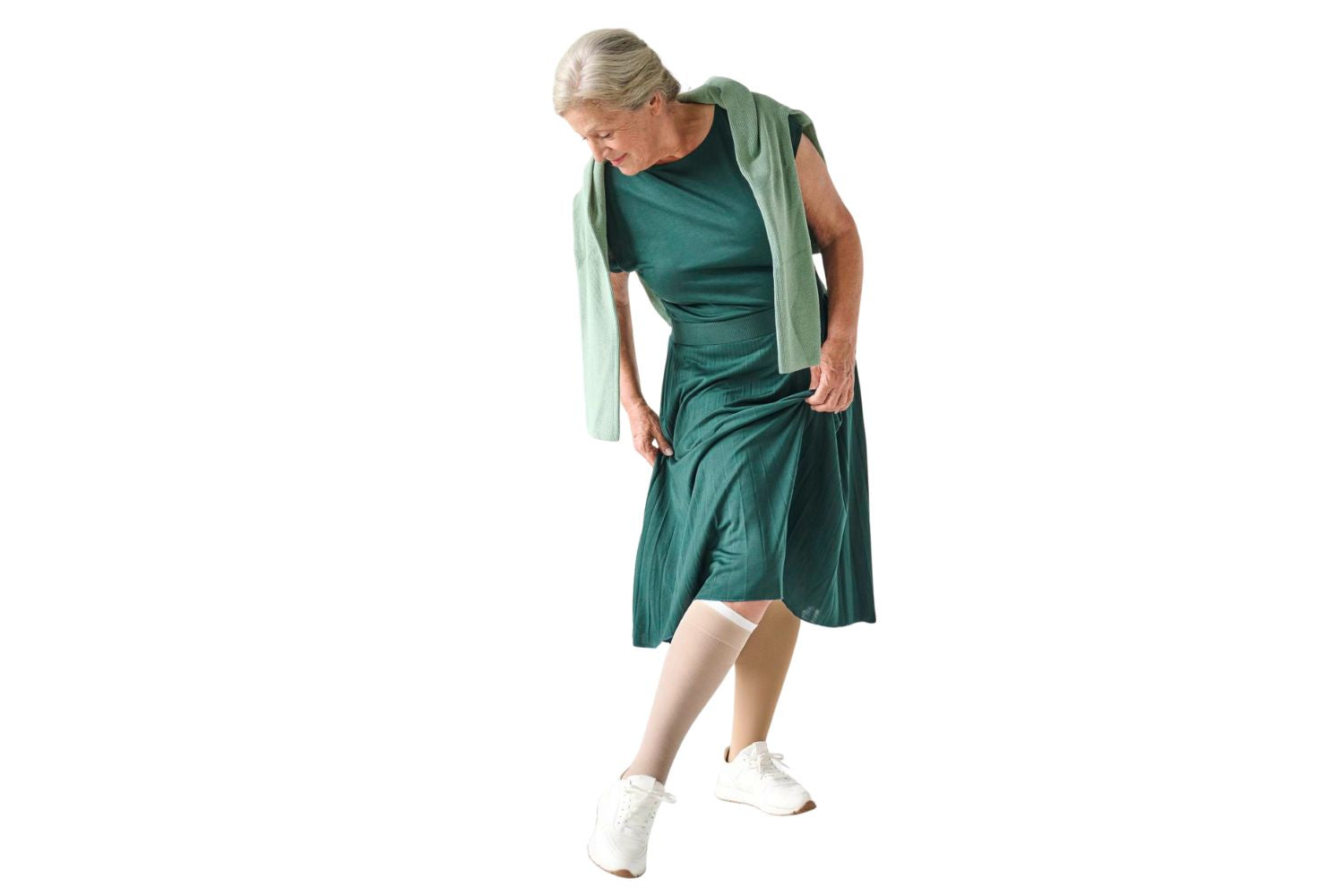
Stubborn and slow-healing ulcers, commonly referred to as "open legs," can have many causes. Vascular diseases or diabetes can often lead to ulcers developing in the lower leg (Ulcus Curis). Depend...


